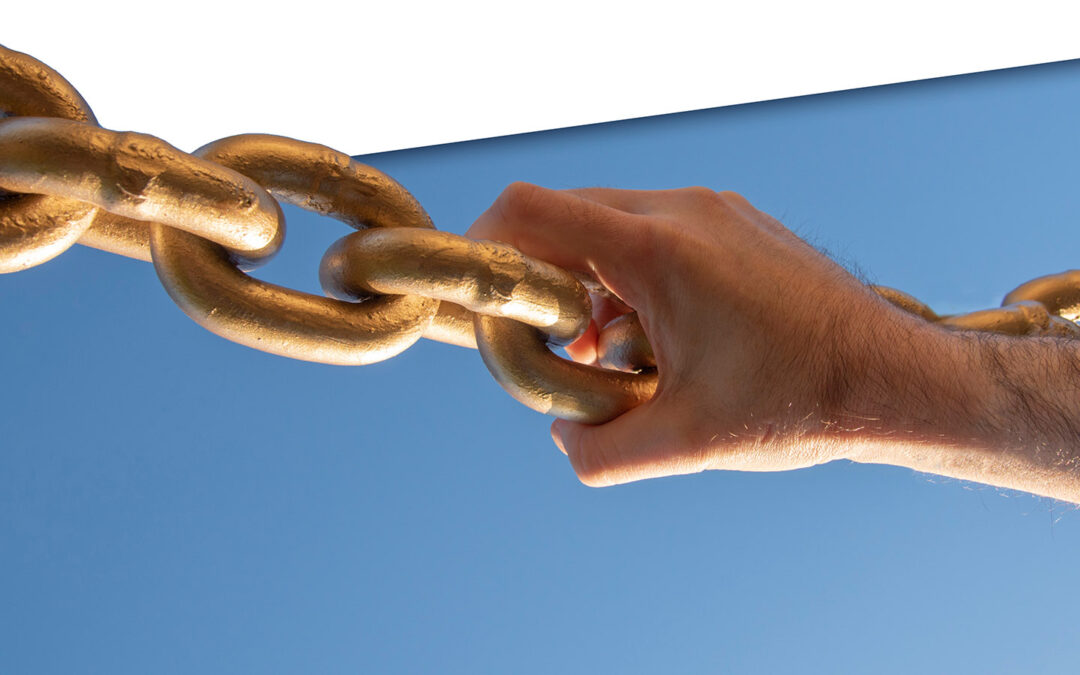“Regardless of how much effort is poured into training forecasters and developing elaborate forecast support systems, decision-makers will either modify or discard the predictions if they do not trust them.” — Dilek Onkal, International Journal of Forecasting 38:3 (July-September 2022), p.802.
The words quoted above grabbed my attention and prompted this post. Those of a geekly persuasion, like your blogger, are inclined to think of forecasting as a statistical problem. While that is obviously true, those of a certain age, like your blogger, understand that forecasting is also a social activity and therefore has a large human component.
What Do You Trust?
There is a related dimension of trust: not who do you trust but what do you trust? By this, I mean both data and software.
Trust in Data
Trust in data underpins trust in the forecaster using the data. Most of our customers have their data in an ERP system. This data must be understood as a key corporate asset. For the data to be trustworthy, it must have the “three C’s”, i.e., it must be correct, complete, and current.
Correctness is obviously fundamental. We once had a customer who was implementing a new, strong forecasting process, but found the results completely at odds with their sense of what was happening in the business. It turned out that several of their data streams were incorrect by a factor of two, which is a huge error. Of course, this set back the implementation process until they could identify and correct all the gross errors in their demand data.
There is a less obvious point to be made about correctness. That is, data are random, so what you see now is not likely to be what you see next. Planning production based on the assumption that next week’s demand will be exactly the same as this week’s demand is clearly foolish, but classical formula-based forecasting models like the exponential smoothing mentioned above will project the same number throughout the forecast horizon. This is where scenario-based planning is essential for coping with the inevitable fluctuations in key variables such as customers’ demands and suppliers’ replenishment lead times.
Completeness is the second requirement for data to be trusted. Our software ultimately gets much of its value from exposing the links between operational decisions (e.g., selecting the reorder points governing replenishment of stock) and business-related metrics like inventory costs. Yet often implementation of forecasting software is delayed because item demand information is available someplace, but holding, ordering and/or shortage costs are not. Or, to cite another recent example, a customer was able to properly size only half their inventory of spares for reparable parts because nobody had been tracking when the other half was breaking down, meaning there was no information on mean time before failure (MTBF), meaning it was not possible to model the breakdown behavior of half the fleet of reparable spares.
Finally, the currency of data matters. As the speed of business increases and company planning cycles drop from a quarterly or monthly tempo to a weekly or daily tempo, it becomes desirable to exploit the agility provided by overnight uploads of daily transactional data into the cloud. This allows high-frequency adjustments of forecasts and/or inventory control parameters for items that experience high volatility and sudden shifts in demand. The fresher the data, the more trustworthy the analysis.
Trust in Demand Forecasting Software
Even with high-quality data, forecasters must still trust the analytical software that processes the data. This trust must extend to both the software itself and to the computational environment in which it functions.
If forecasters used on-premises software, they must rely on their own IT departments to safeguard the data and keep it available for use. If they wish instead to exploit the power of cloud-based analytics, customers must trust their confidential information to their software vendors. Professional-level software, such as ours, justifies customers’ trust through SOC 2 certification. SOC 2 certification was developed by the American Institute of CPAs and defines criteria for managing customer data based on five “trust service principles”—security, availability, processing integrity, confidentiality, and privacy.
What about the software itself? What is needed to make it trustworthy? The main criteria here are the correctness of algorithms and functional reliability. If the vendor has a professional program development process, there will be little chance that the software ends up computing the wrong numbers because of a programming error. And if the vendor has a rigorous quality assurance process, there will be little chance that the software will crash just when the forecaster is on deadline or must deal with a pop-up analysis for a special situation.
Summary
To be useful, forecasters and their forecasts must be trusted by decision-makers. That trust depends on characteristics of forecasters and their processes and communication. It also depends on the quality of the data and software used in creating the forecasts.
Read the 1st part of this Blog “Who do you Trust” here: https://smartcorp.com/forecasting/the-role-of-trust-in-the-demand-forecasting-process-part-1-who/








